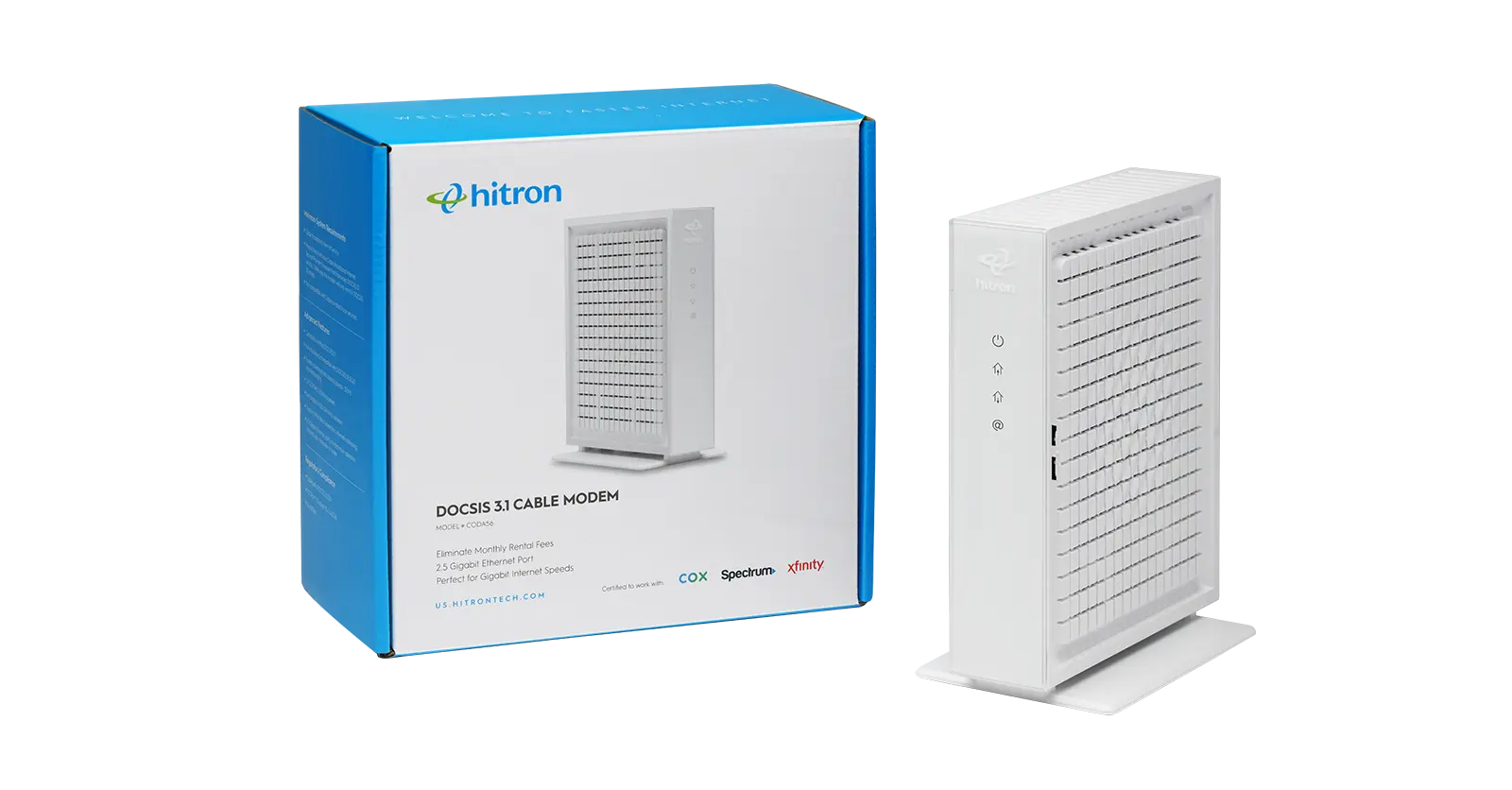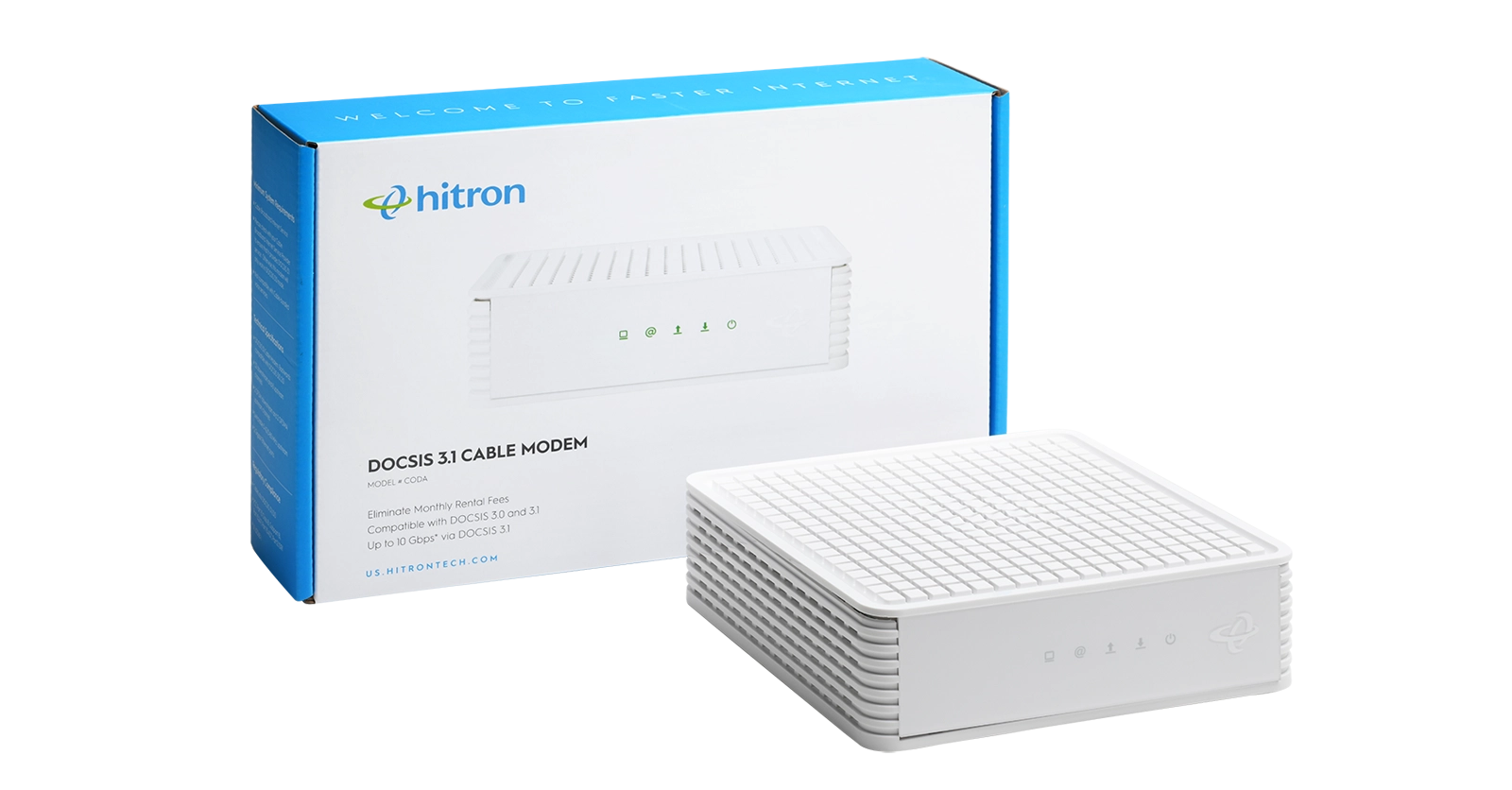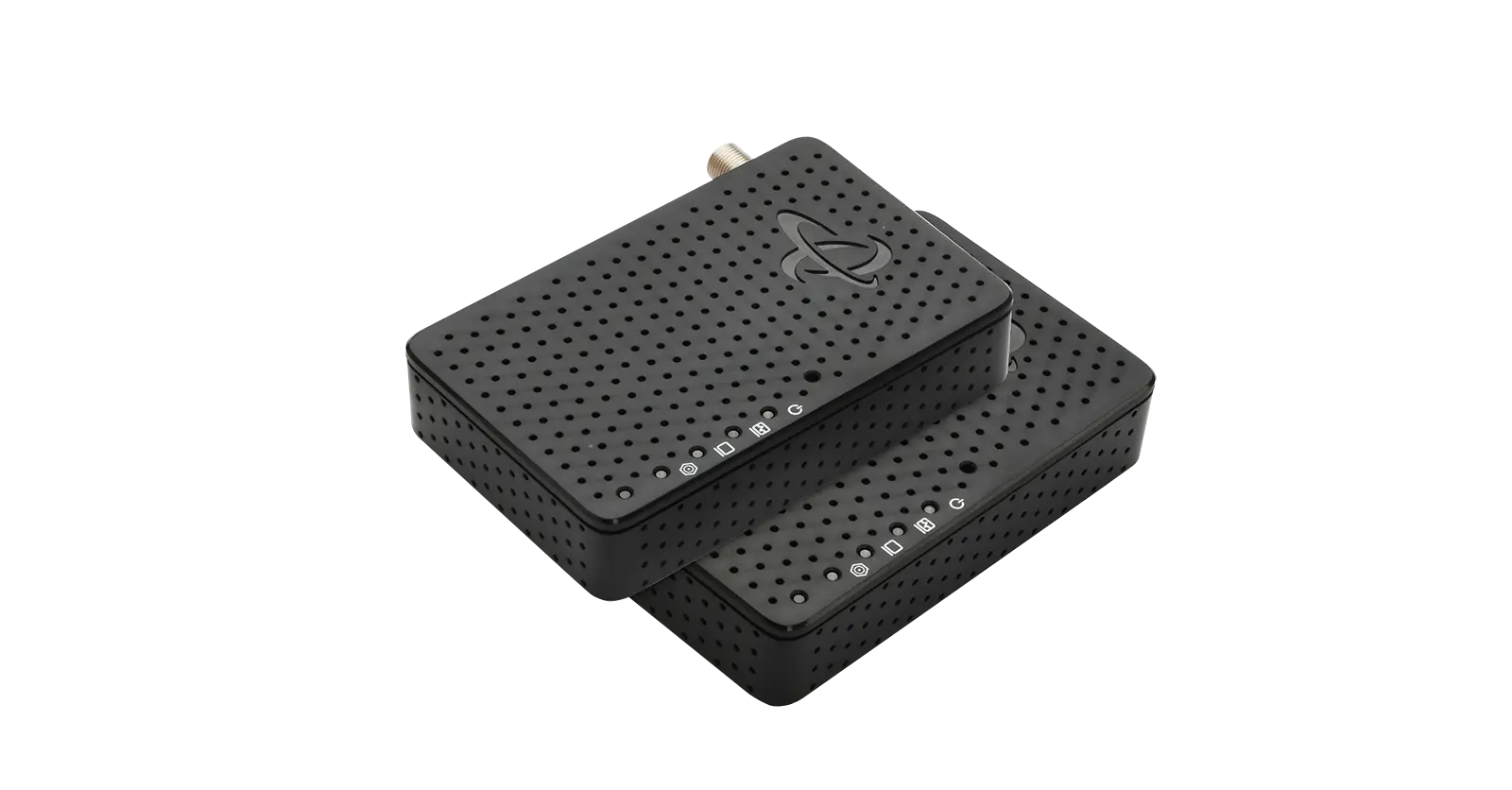As a Carrier, deploying wireless services like 5G is critical to growing your business. In the past, it seemed prohibitive for Carriers to offer mobile because of DOCSIS infrastructure requiring expensive GPS solutions to enable timing synchronization. Not anymore. It is now possible to deploy 5G by using your existing DOCSIS hybrid fiber cable (HFC) plant, reaching more potential customers and obtaining additional revenue.
Enabling an HFC network that supports DOCSIS Time Protocol (DTP), the new era of wireless backhaul over DOCSIS, is a reality for 5G deployment. Here’s what that looks like for your business.
Leveraging DOCSIS HFC for Business Longevity
The ever-increasing bandwidth demand from subscribers is not going away, and so does the demand for Carriers to adapt their network investments and infrastructure to ensure their business longevity. With regulators opening up new low, mid and high-band millimeter wave (mmWave) spectrum for 5G, Carriers are uniquely positioned to create 5G wireless networks of their own by leveraging their existing hybrid-fiber coax (HFC) networks and emerging technologies.
Carriers who smartly take advantage of their existing HFC plant as an opportunity to create wireless backhaul and to provide that wired backhaul for mobile small cells and 5G networks will forge ahead of their competitors. But how can you provide the precision synchronization and timing needed for 5G and LTE without putting an expensive GPS receiver in each small cell?
DOCSIS DTP for Mobile Backhaul
There is a completely achievable opportunity to deploy small cells with DOCSIS Timing Protocol (DTP) over the DOCSIS/HFC network, which will deliver the backhaul needed for a cable operator’s own mobile offerings.
The advantage of using DOCSIS/HFC to deploy 5G are undeniable:
- Widely available
- Readily accessible
- Miles and miles of infrastructure
- Low cost
- Scalable
- Gives you access to power source
- Easy to deploy
Leveraging your existing real estate of DOCSIS networks to roll out lucrative wireless services at a significantly reduced cost is an achievable reality. Carriers can dramatically lower CAPEX and OPEX costs and time to market by avoiding the cost of building a new fiber plant in order to provide 5G/mobile services.
Hitron has the industry’s first DOCSIS 3.1 modem that supports DTP (DOCSIS Timing Protocol). DTP enables the network timing needed over DOCSIS 3.1 networks to provide precision timing for mobile and wireless technologies. The Hitron ODIN 1112 modem is easy to deploy and works with your existing HFC or small cell gateway to offer Mobility. Cable operators can then leverage their vast real estate of DOCSIS networks to offer 5G mobile wireless services, which will help grow your subscribers and revenues. Before, you were only a broadband provider. Now, you can also be a mobile provider.
Hitron is dedicated to helping cable operators capture new opportunities and 5G is certainly one of the biggest opportunities on the horizon. Contact our friendly team to find out more.


